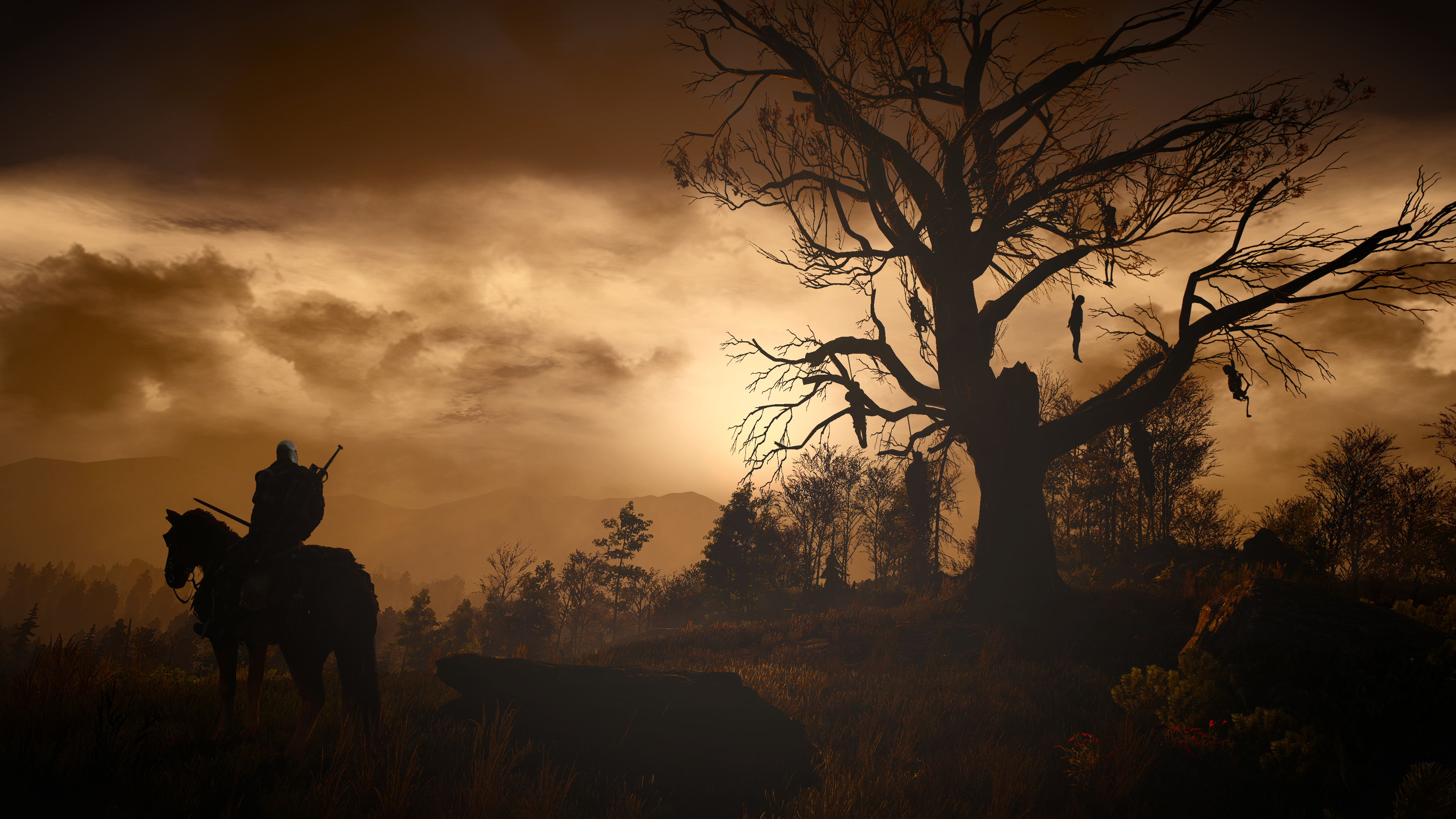The story goes that a powerful member of the Silver Crusade was corrupted by a high ranking devil prince and convinced to lead a several hundred knights into a battle they couldn’t possibly win.
The knights were resoundingly defeated and their bodies were magically kept from dying. Neither truly alive, nor truly dead, the knights were stripped of their precious arms and armour and taken to the tower.
Their bodies were nailed to the tower until it was a writhing mass of bleeding bodies, moaning and howling in pain. Their blood soaked the walls and permanently stained them crimson, which is how the tower got its name.
The demons flew around the tower and raked at the bodies with talons and claws, and lashed them with barbed whips, and still the knights wouldn’t perish.
Eventually, a large host of griffon riders made their way down from Gryphon’s Roost to free their captured comrades, but when they arrived the tower was gone and so was any trace of the knights.
A search was conducted; griffon riders flew far and wide, the woods were combed by hunters and footmen, lakes were dived by fishermen, but not a trace of the tower or the knights were recovered.
Over the following decades, the tower was spotted appearing and disappearing, and the screeching of demons and the howling of the damned knights could be heard at night. Each time it was followed by another search by the Lyrian knights for their captured comrades, and each time the were disappointed to find no traces.
